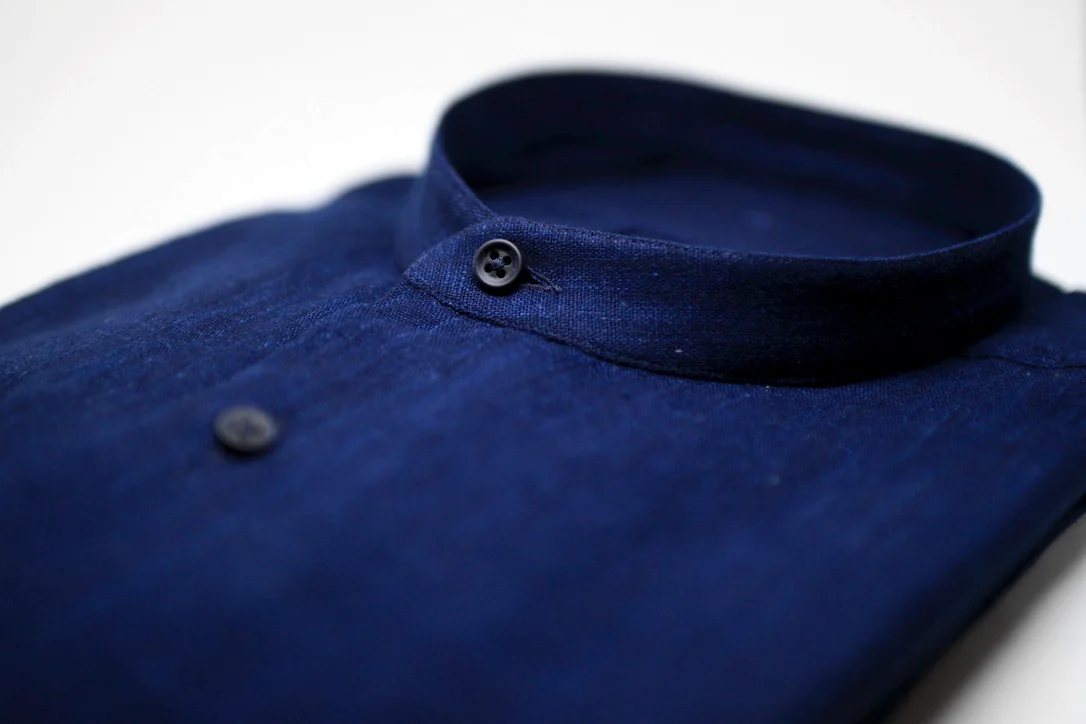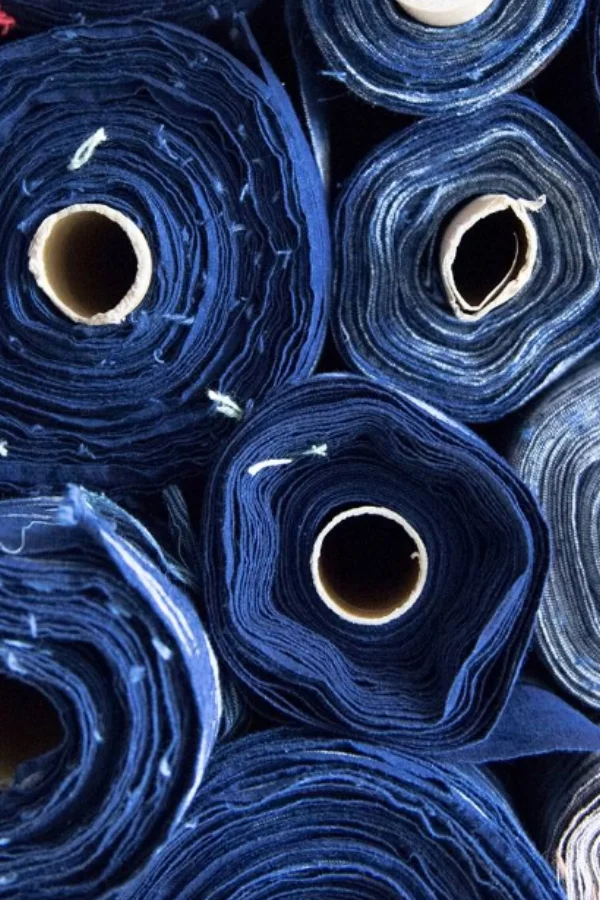Haben Sie gewusst, dass Ihre blauen Jeans mit synthetischer Farbe gefärbt ist, obwohl es 'Indigo blue' heisst? Das Wort 'Indigo' ist sehr heikel, es gibt keine Trennung zwischen synthetischem Indigo und natürlichem Indigo,
Read MoreNach wachsendem Bedürfnis ist Kishu Binchotan Kohle nun direkt aus Japan erhältlich. Kishu Binchotan Kohle wird aus dem Ubamegashi Baum (akademisch Name: Quercus phillyraeoides) hergestellt. Der Ubamegashi
Read MoreReport of the workshop on 17. July hosted by DI SER. Thanks to Yasu and friendly guests, It became an unforgettable afternoon in such a positive atmosphere. We all felt the power of scent, immerged in the moment and appreciated the gift of nature.
Read MoreIn der Mitte von Kyoto, gibt es ein kleines Haus von Yatamake Senpo mit einer altmodischen Front, Mise-no-ma, für die Geschäftstransaktionen, das sich lohnt einmal zu besuchen. Sie haben traditionell ihre Kyo-Sensu hauptsachlich für Japanischen Tänzerinnen, Maiko oder Geisha hergestellt.
Read MoreHasami Porcelain’s straight lines represent the essence of traditional Japanese aesthetics. The curves are the result of the inevitability of function and production. The rhythm and echo of the clean lines, created by stacking, enhance the harmony and beauty of the design.
Read MoreEine lange geplantes Projekt, nämlich Masshemden mit japanischen Stoffen, geht endlich los.
Der Stoff wird in einem kleinen Familienbetrieb in Japan produziert und das Hemd in Bergamo hergestellt. Es handelt sich dabei auch um einen Familienbetrieb,
Monpe trousers restocked including one new color. Fabric is woven with nep, which is a tiny knot of cotton fibre. As the yarn is woven, these small neps are entangled in the textile. This fabric is woven with
Read More
Physically Furoshiki is a piece of square cloth made for wrapping gift and carrying things developed in early 1600s. But the definition of Furoshiki is much more: it's an art and a culture. Furoshiki's folding and binding method is developed from thoughtful mind and wisdom:
Read MoreLocated in Noto Peninsula, the north of Ishikawa Prefecture, Takazawa Candle produces Japanese candles since 1892. In their small productions room, there are about 10 people are working on each process, one making wick and another shaping candles. The stove for melting
Read MoreAuf der nördlichsten Insel Japans, Hokkaido, befindet sich der Sitz von DI SER. Yasuyuki Shinohara, der Besitzer, Naturapoteker und Bauer kümmert sich selber um seine rund 10,000 Rosen. Gegründet 1999, ist seine Firma
Read MoreMaekake = Japanische Schürze
Maekake ist ein traditioneller Stil der japanischen Schürze. 'Mae' bedeutet 'Vorne' und 'Kake' kommt vom Verb 'Kakeru' ='Hängen'. Das Aussehen und der Stil von Maekake reicht bis
Monpe ist eine spezifischen Art der Hose, die ursprünglich im 17. Jahrhundert im Norden als alternative Hakama (=Hose über Kimono) getragen wurde. Wegen des einfacheren Schnittes war es für alltägliche Arbeit sowie für Bauern sehr geeignet. Es war
Read MoreSince 1600s Binchotan Charcoal has been used in Japan. In Kishu (Wakayama) is the region where good quality Binchotan Charcoals has been traditionally produced. They are extremely hard like steel and have countless number of porous pores on surface. These pores help remove unwanted chemicals from tap
Read MoreHanafukin is an original item produced by Nakagawa Masashichi Shoten, whose history dates back to 1800s starting as a linen weaver. Originally they were producing 'Kaya' which is Japanese term for
Read MoreTraditional Japanese candles are made of natural plants such as fruits of wax trees, rice, rape flowers, or Urushi (sumac) tree. Wick is made of Washi paper wrapped with rush grass. The flame is larger and brighter than
Read MoreKasuri is Japanese term for Ikat fabric, which is originated from India.It is known for its patterns with blurred edge. Kasuri is woven often with cotton yarn.
Japanese folks started wearing Kasuri since
Read More















